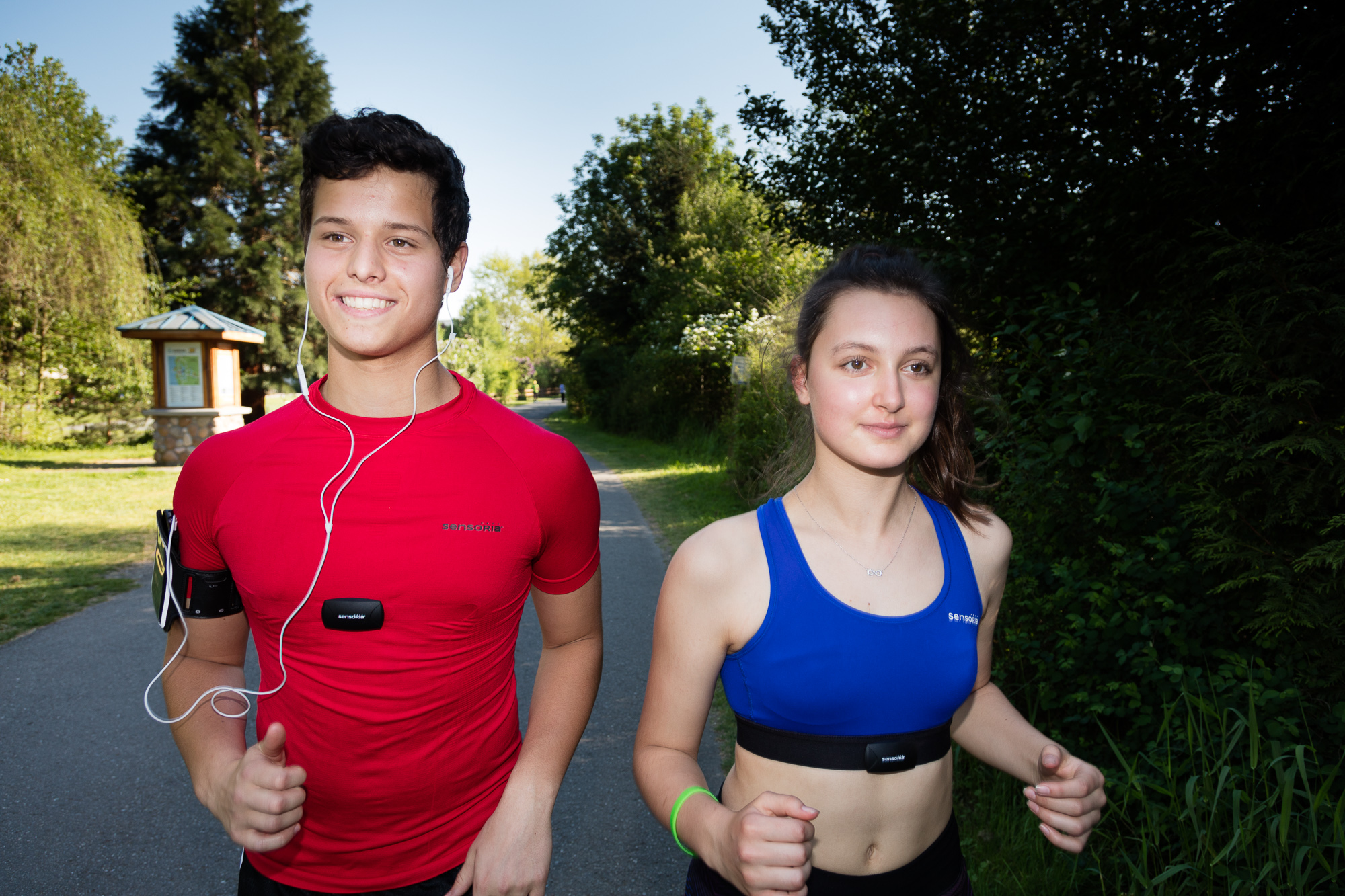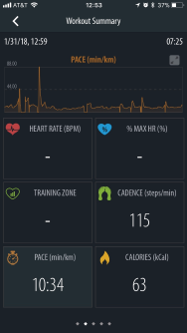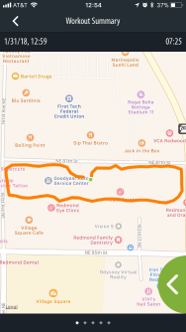Running is one of the most popular and accessible forms of exercise, but it also comes with challenges and risks. Many runners struggle with finding the right shoes, maintaining proper form, avoiding overtraining, and preventing injuries. That’s why Sensoria, a company that specializes in artificial intelligence sportswear, has developed Sensoria Run, a mobile app that can transform your running experience.
According to Yale Medicine, at least 50 percent of regular runners get hurt each year, sometimes from trauma, such as a fall, but more often from overuse. It is estimated that the average runner will sustain one injury for every 100 hours that he or she runs. “People who run, love it. But you need the right preparation to be a safe runner and avoid injuries,” says Elizabeth Gardner, MD, a Yale Medicine orthopedic surgeon who specializes in sports medicine. She recommends getting fitted for sneakers at a run specialty store as well as balancing running with other cross training activities like swimming or yoga that don’t involve pounding the pavement. “Cross-training and stretching go a long way toward avoiding running injuries."
Sensoria Run is designed to work with Sensoria’s smart garments and footwear, which are infused with textile sensors that can measure various parameters of your running form. The app connects to the sensors via Bluetooth Smart and provides you with real-time audio and video feedback through your smartphone or smartwatch. You can also customize the app to set your own goals and preferences and choose how and when you want to receive alerts from the Sensoria Virtual Coach.

One of the key features of Sensoria Run is that it can monitor your foot landing, which is how your foot strikes the ground when you run. Foot landing can have a significant impact on your running efficiency, speed, and injury risk. Sensoria Run can detect whether you are a heel striker, a midfoot striker, or a forefoot striker, and help you adjust your landing accordingly. The app can also measure your cadence, which is the number of steps you take per minute, and your contact time, which is how long your foot stays on the ground. These metrics can help you optimize your running rhythm and reduce fatigue.
Another feature of Sensoria Run is that it can track your heart rate, which is an indicator of your intensity and endurance. The app can connect to any heart rate monitor that communicates through Bluetooth Smart, or you can use Sensoria’s smart upper garments, which have washable electrodes embedded in the fabric. The app can help you choose the desired heart rate zone for different training sessions, and alert you when you need to speed up or slow down.
Sensoria Run also offers personalized training plans, which are tailored to your fitness level and goals. The app has a virtual coach named Mara, who can guide you through detailed activities by week and by day. She can also cheer you up, motivate you, and remind you of your running form. The first plan to be offered is the Natural Running Transition Training Plan, which can help you improve your running form and transition to minimalistic shoes while reducing injury risk.
Sensoria Run also has a web dashboard, where you can access your personalized online dashboard and evaluate your performance over time. You can see detailed visualization of your activities, such as maps, graphs, and charts, and analyze your running form, heart rate, calories, distance, pace, and more. You can also share your data with your friends, coach, or doctor, and get insights and tips from the Sensoria community.


In the future using running form data and AI to predict running injuries can be a valuable application of technology to prevent injuries and optimize training. How might this work?
- Data collection: which Sensoria run is already collecting such as stride length, cadence, foot strike pattern, etc.
- Injury History: Understanding which injuries they have experienced in the past can help tailor the predictive model to identify risk factors associated with those injuries.
- Machine Learning Algorithms: they can be trained using the collected data to identify patterns and correlations between running form metrics and the likelihood of injury.
- Model Evaluation and Validation: Once the predictive model is trained, it needs to be evaluated and validated using independent datasets to ensure its accuracy and generalizability.
- Continuous Improvement: The predictive model should be continuously updated and refined as more data becomes available and as the understanding of running biomechanics and injury mechanisms evolves.
By leveraging AI and running form data in this way, runners can proactively identify potential injury risks and take preventive measures to stay healthy and perform at their best.
Sensoria Run is more than just a running app. It is a complete system that can enhance your training from head to toe. It can help you run faster, longer, and safer, while having fun and learning more about yourself. If you are interested in trying Sensoria Run, you can download the app for free from the App Store, and order the smart garments and footwear from the Sensoria website. Start running the way you deserve with Sensoria Run.